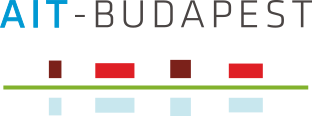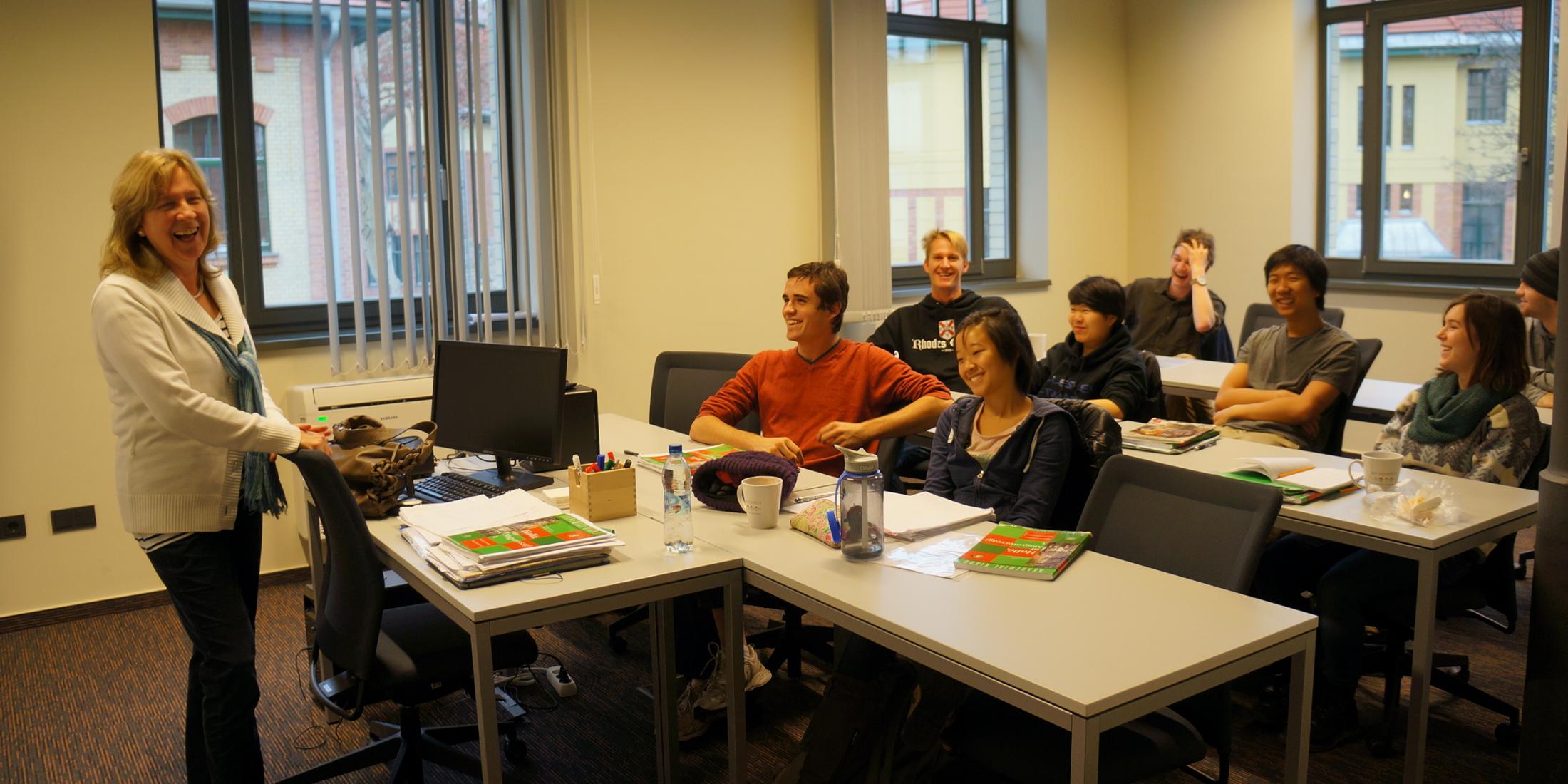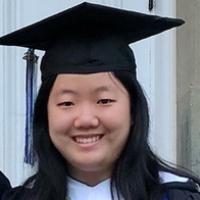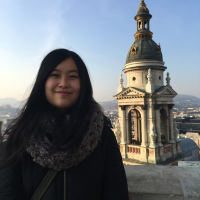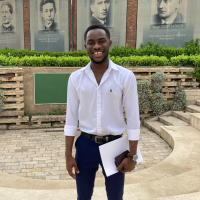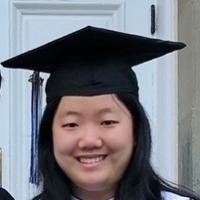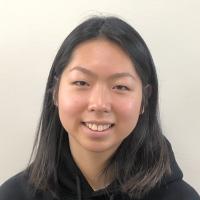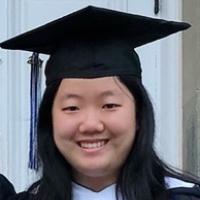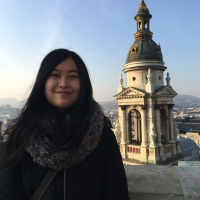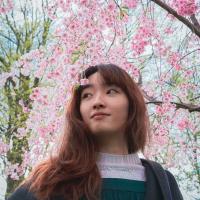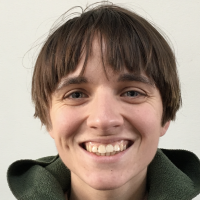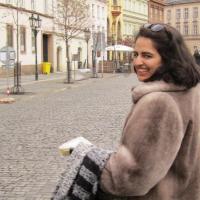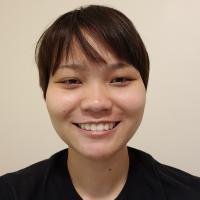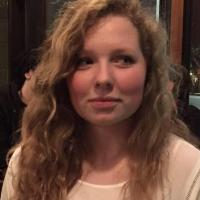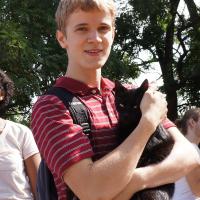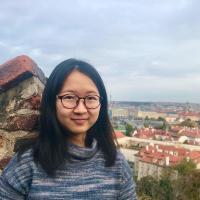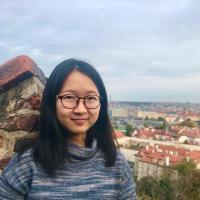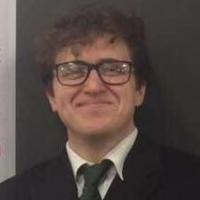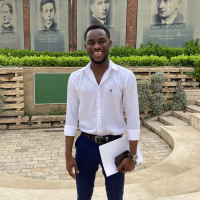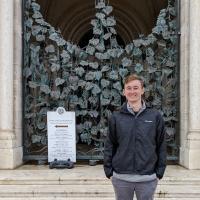Instructor(s):
Short Description of the Course:
At the beginning of the course the students get a brief survey of the origin and most essential typological characteristics of the Hungarian language. The teaching material covers the basic elements of Hungarian grammar: the sound-system and spelling; some elements of morphology; the elementary rules of constructing sentences. At the course the students acquire a basic vocabulary and a number of idiomatic phrases of colloquial Hungarian, and develop skills to enable them to communicate in everyday routine situations.
Culture is an organically integrated part of the course. There are several things we do throughout the semester to introduce the culture of the country to the students.
- A field trip in a big supermarket
This trip is closely connected to Unit 3 in the course book, which teaches food and shopping vocabulary and grammar. At the same time it gives an opportunity to discuss Hungarian people’s shopping and eating habits.
- A trip to an open-air museum outside Budapest
We visit a museum of traditional Hungarian architecture, customs, crafts and village life.
Apart from the above mentioned we always celebrate the holidays: Easter in the spring semester and Santa Claus and Christmas in the fall. In this way the students can have some insight into how Hungarians celebrate these international or typically Hungarian holidays. We learn songs and the vocabulary of the holidays.
The topic list of the course book covers the following:
- Greetings, introduce yourself
- Place of living (country, city, home)
- At the doctor’s
- Shopping for food
- Shopping for clothes
- Seasons and activities
- Free time
- Getting around town
- Sightseeing
These topics inevitably present the opportunity to discuss different aspects of Hungarian culture. Among other things we try to bring the topics close to our students by putting special emphasis on aspects that might be really interesting for young people. For example in connection with free time activities we include music and food festivals and so called ’ruin pubs’, which are very popular with young Hungarians.
Aim of the course:
The course is designed to make the students acquainted with the most basic elements of Hungarian grammar and vocabulary, and also prepare them to be successful in continuing their Hungarian studies on a higher level.
Prerequisites: –
Detailed Program and Class Schedule:
- An introduction into Hungarian phonetics; nominal sentences
- Copula, substantive verb; questions and negation
- Present tense forms of verbs, singular; postpositions, some adverbs
- The grammatical object/accusative; adverbs of place: Where?
- Numerals; adverbs of place: Where… to?
- Present tense forms of verbs, plural; the objective case of adjectives and numerals; adverbs of place: Where… from?
- The plural form of nouns and adjectives
Grammar summary; Written test
Method of instruction:
Means and ways of communicative language teaching
Coursebook:
Erdős József – Prileszky Csilla: Halló, itt Magyarország! I. Budapest, Akadémiai Kiadó 2000.
Supplementary material: Kaleidovox. Computer-aided exercises by Erdős József
Grading:
Grading is based on student performance in three areas: a) homework done regularly; b) performances at the classes; c) written test closing the course.
Instructors' bio:
Katalin Bakonyi Berényi is a Hungarian and English language teacher with a background of teaching a wide variety of subjects (including Hungarian as a foreign language, ESP, Erasmus/Study Abroad exchange programs) at the Technical University of Budapest (BME). She has also done literature and film courses for Erasmus/Study Abroad students. She is the author/co-author of publications on teaching Hungarian as a foreign language, the methodology of teaching languages and cultural topics and a coursebook for advanced learners of Hungarian. At AIT, together with her colleague she has developed language teaching material specially tailored for the needs of students of AIT.
Márta Magasi is a Hungarian and English language teacher relying on experience gained at BME in the Centre of Modern Languages teaching Hungarian and English to foreign and Hungarian students studying engineering. She is the author/co-author of different publications (e.g. Readings in Technical English; Language Tests for Foreign Students, etc.). One of her priorities is linguistics related to teaching Hungarian as a foreign language. She also has experience in working as a teacher and coordinator of language trainings for leading multinational companies. At AIT, in cooperation with her colleague she has developed language teaching material specially tailored for the needs of students of AIT.
